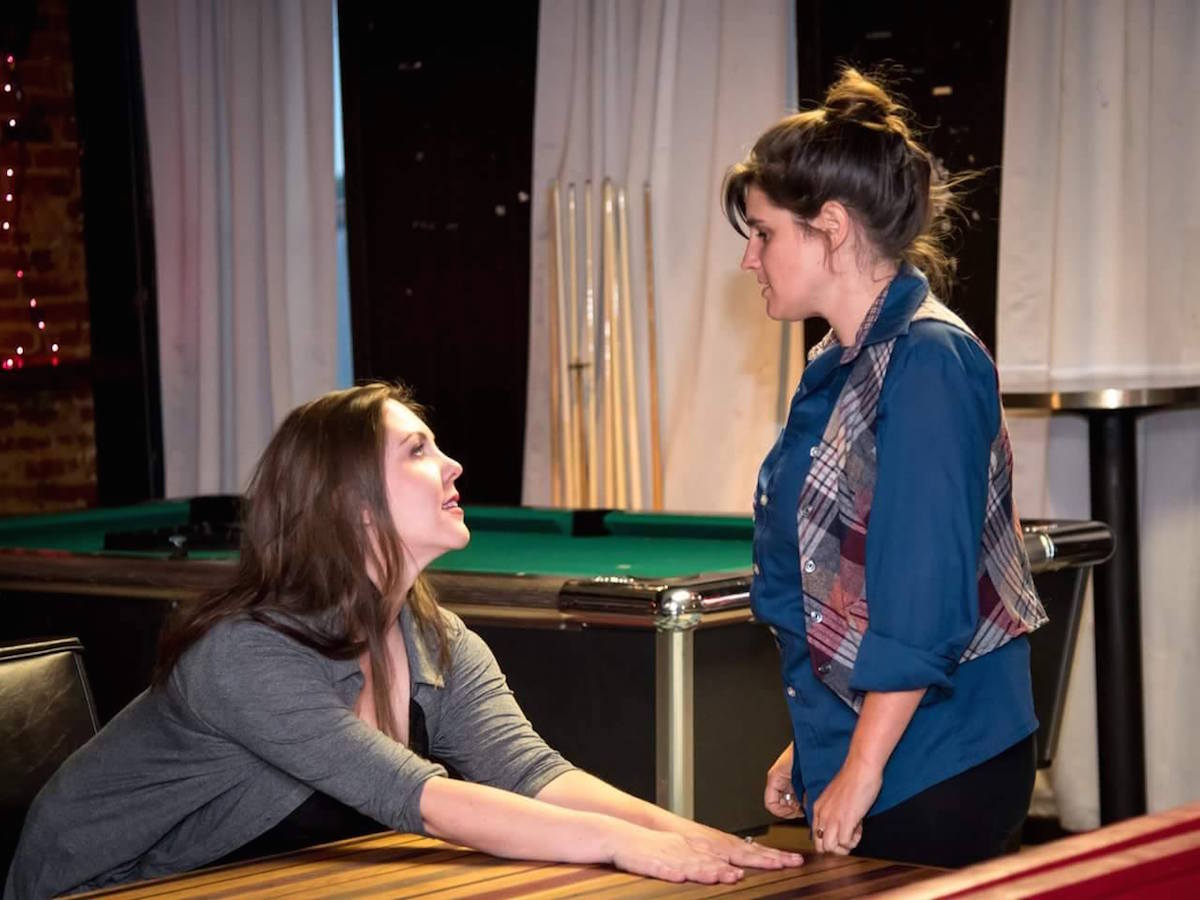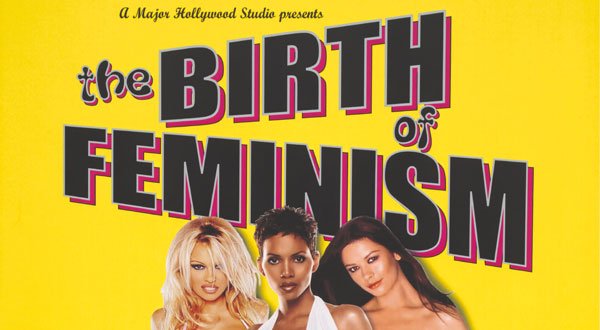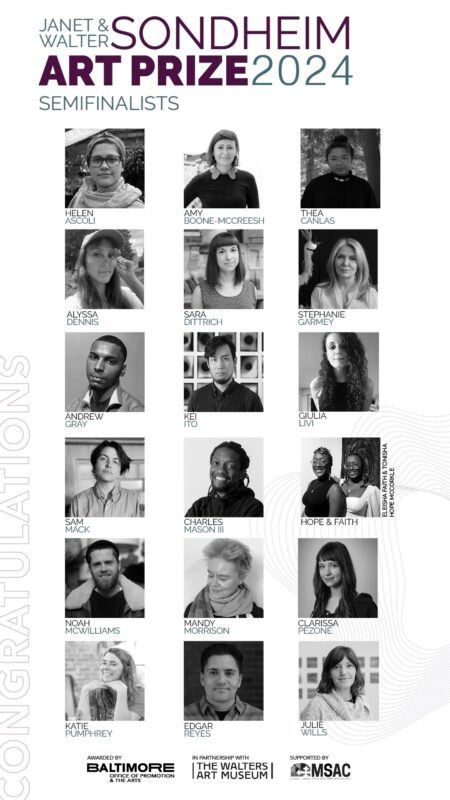New Door Creative’s Michelle Talibah Interviewed by Angela N. Carroll
New Door Creative is one of the coolest Baltimore galleries you have probably never heard of. For over a decade, founder and curator Michelle Talibah has featured local and internationally recognized artists in the intimate space just a block from Penn Station.
I stumbled upon New Door Creative after seeing an IG post highlighting the whimsical and vibrant work of interdisciplinary artist Sheila Crider, whose slashed paintings transform into 3D sculptural installations. Michelle was kind enough to hip me to her curatorial practice, dig deeper into the artists New Door Creative exhibits, and offer some thoughts about the future of art and community in Baltimore.
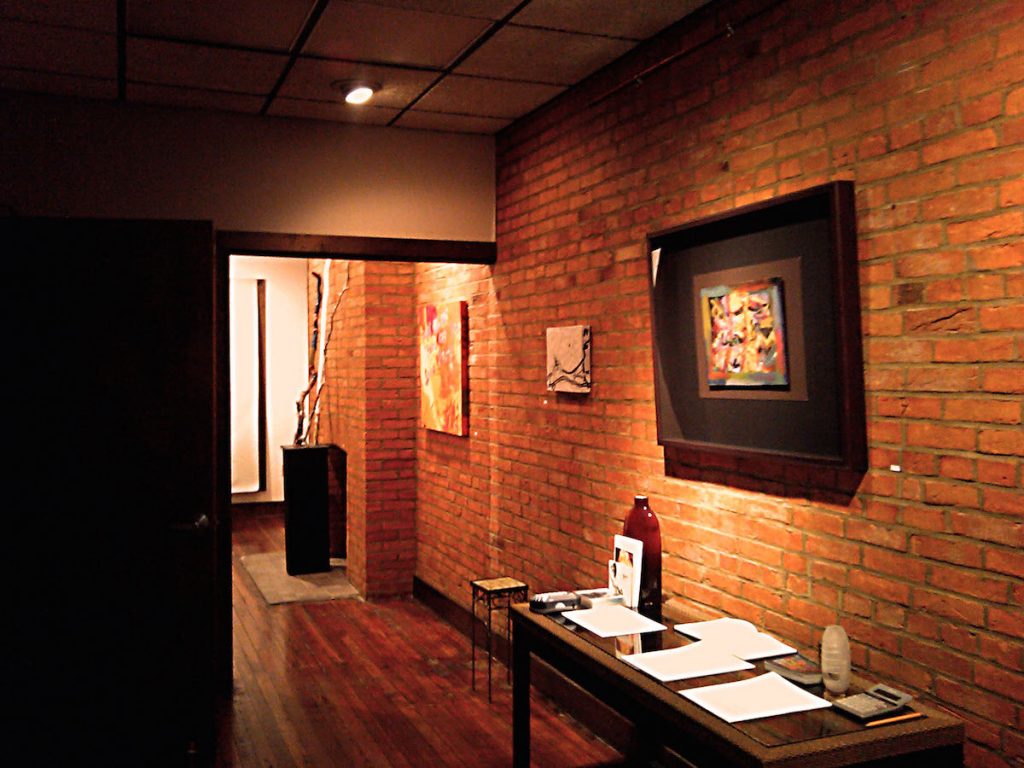
Angela: You have worked with so many amazing artists and museums over the years. Would you mind sharing a bit about how you became a visual artist and curator?
Michelle: I read something recently that artists are living within their own myths. I thought about it for a moment. The truth is that everyone is living within their own myths. Every individual. Every group. Every philosophical organization. They are all living within their own myths. They have therefore their own agenda based in support of those myths hopefully in support of discovering the validity of those myths. What is a myth? A viable presence in the reality that we know. That has always been the case.
My history in visual arts is a bit unusual. My early professional interest was more directed toward literature. The crossover wasn’t difficult because good literature that I so enjoyed for so many years allowed for an imaginative world and an imaginative visualization of what was being either talked about or described or explained or projected. So that link between in my youth between literature and the visual arts is very close to me, because it did nourish an imagination muscle for me that was a visual muscle. When I was really pretty young I used to experiment with mixed media, what would now be called mixed media materials, but were in fact just everyday things.
The whole concept for what their metaphoric content was didn’t come into my mental conversation at all, it was just something that I thought could be used in a way other than the manner in which it had been formerly designed. Despite that I never thought of pursuing the visual arts as a profession until I was in my second or third year at a school in Boston… and I took a painting class. I took it because I was just casually interested and wanted to experiment.
I began painting and within four or five years I moved to Washington DC and I began painting very seriously in the early eighties and late seventies. I realized that I was known as an automatic painter, one where you stand aside and you allow imagery to actually pass through you.
With those paintings I was fortunate to meet some very sophisticated painters and learn from them; several were members of AfriCobra. I did not officially join AfriCobra but I did exhibit with them. AfriCobra not only developed a style around afrocentricity, fused with contemporary African experience, they truly were the vanguards establishing a style for African Americans.
 TT the Artist and Michelle Talibah
TT the Artist and Michelle Talibah
I continued to work with my own process of painting and began working in public art while in Washington. For seven to eight years we did several murals around the Washington DC corridor; the National Zoo, Judiciary Square, Dupont Circle, and DC General Hospital. In those projects I was allowed to create my own designs for certain sites and work with students who had an aptitude for art.
In ’92 or ‘93 I was invited to do a residency at the Studio Museum in Harlem. That was an important year, because during that year I had access to everything that NY offers. As a destination for contemporary art not only in the country but the world the museum was supportive allowing me to do nothing but work for an entire year. My work changed there. I began working more with mixed media found materials, the whole subject matter of metaphoric content. More conceptual work. I entered the residency in painting and left in mixed media work. They were assemblages and installations.
I continued to work in DC. I needed a new challenge something new to bring into my skillset and my ability to create. In ’97 or ‘98 the whole notion of digital media was not brand new, but still new. A lot of artists at the time were intimidated by the idea of digital media.
I returned to school, to get a Masters at MICA in digital art. It was extremely helpful. It assisted my understanding of design, but it did not encourage me to become an animator or web designer. However, I did like the opportunity to have at your fingertips so many options for creative diversity. I was amazed by the comprehensiveness of the software. I could in the matter of an hour create trial and error options or alternatives for designs or a color scheme I was considering instead of going through that process on canvas in the studio. Digital media was alluring. What it has become is even more alluring, but frankly, it only made me want to paint more.
Around ‘97 or ‘98 I began teaching design and art history for a few years. Toward the end of that teaching stint I was advised about an opportunity to work on what became my last large scale project the Sol Lewitt installations at the DC convention center, a mammoth three story installation in the atrium cylinder designed by Lewitt and lead by his mural team, who travel around the world and put his designs in different settings. I and maybe ten other regional artists worked on that project for 6-8 weeks. Then from there we went to a project at the Hirshhorn Museum, a permanent installation for three years. And after that I needed a break. It was physically grueling climbing a 93 foot scaffold all day up and down.
What eventually inspired you to open the gallery?
I came back to Baltimore during the down period, and continued to teach for a while. A partner had been talking about their interest in opening up a café. We were riding through Antique Row, and we opened a small espresso bar in Antique Row and I hung my work because of the opportunity. I sold all of the work. Next to the café was an antique dealer.
There were many antique dealers on Antique Row at the time, though not now. She proposed using the upper floor of her space, which was designed as a gallery, and I thought, I guess I can try it. The opportunity presented itself. I thought it was an opportunity to expose artists deserving of broader support. We did shows there for three years before moving to this space. I’ve been in this space since 2007.
New Door Creative is a magical title for a gallery. Many myths incorporate doorways as signifiers for transformation or transition.
For years I have worked on the concept of a portal. Standing in the doorway of transformation. For years I have worked on a series called The Portal Series. “New Door” came from a conversation with a friend. I was working out the idea of the gallery, and he said, well you can take this through a whole new door. And I said really?!
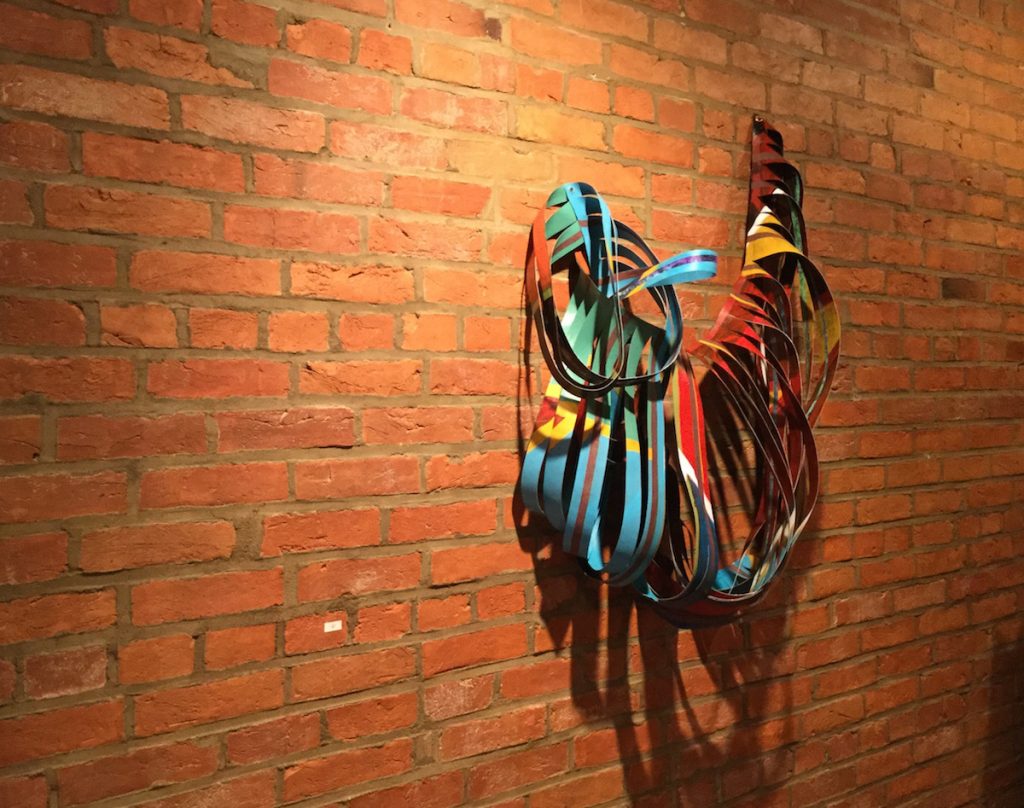 Sheila Crider
Sheila Crider
Would you say that’s the mission of New Door, to be a portal for artists?
The mission is to represent and to expose a range of diverse works and artists that in some instances are challenged to have opportunities to show their work. My capacity is so heavily informed by my experience as an artist, and is also the result of working in large spaces.
So unlike a typical profile, where I want to be a curator, a gallerist, but I don’t know the real history of art, or of artists experiences, the mental dynamic applied to create a work of art, the time that is invested, the sacrifices that are invested, the since of compulsion… In the absence of all that I could have a gallery and exhibit the work of artists, but I think personally I would not feel a sense of success if I did not have that background. The artist’s point of view, a sense of the market, and the history of the artists whose work we are presenting.
Can you speak about the artists your gallery represents and what styles New Door is drawn to?
With one or two exceptions. And the exceptions were encouraged because the artists were extremely talented, I’m referring to depiction, representational art is not a form that one typically associates with New Door artists. I think the force of my market base drives, as it would with any gallery, the concentration of my artists being either abstract or conceptual. I’m always looking for things that I haven’t seen. That’s the artists eye. Further than that, even as they are seeing it, if they can’t understand how it was derived, it’s extremely compelling.
 Michelle Talilbah and Morgan Monceaux
Michelle Talilbah and Morgan Monceaux
I was introduced to the work of Morgan Monceaux by a former Baltimore Sun writer who suggested I review his work. I did and I had never seen anything like it.
Monceaux is a portrait artist that uses mixed media but not for representational depictions. I had been immensely edified regarding aspects of history that I didn’t know by Morgan’s work. The history of shadow ball, negro history, or the wealth of knowledge about African American Opera divas. [New Door Creative] have done exhibitions with visual arts that engage history, visual art and cultural experiences.
We exhibited a phenomenal show by a Native America painter Judy Tallwing who has exhibited at AVAM. She has been painting for more than forty years. She unrolled some works that made my heart stop. It’s that kind of experience that is such a joy for me.
There are so many untold stories that can be told visually, and so many remarkable artists.
The study of history, and cultural mining is present with all of the artists that I work with. Its invigorating, fascinating, and its important knowledge to have.
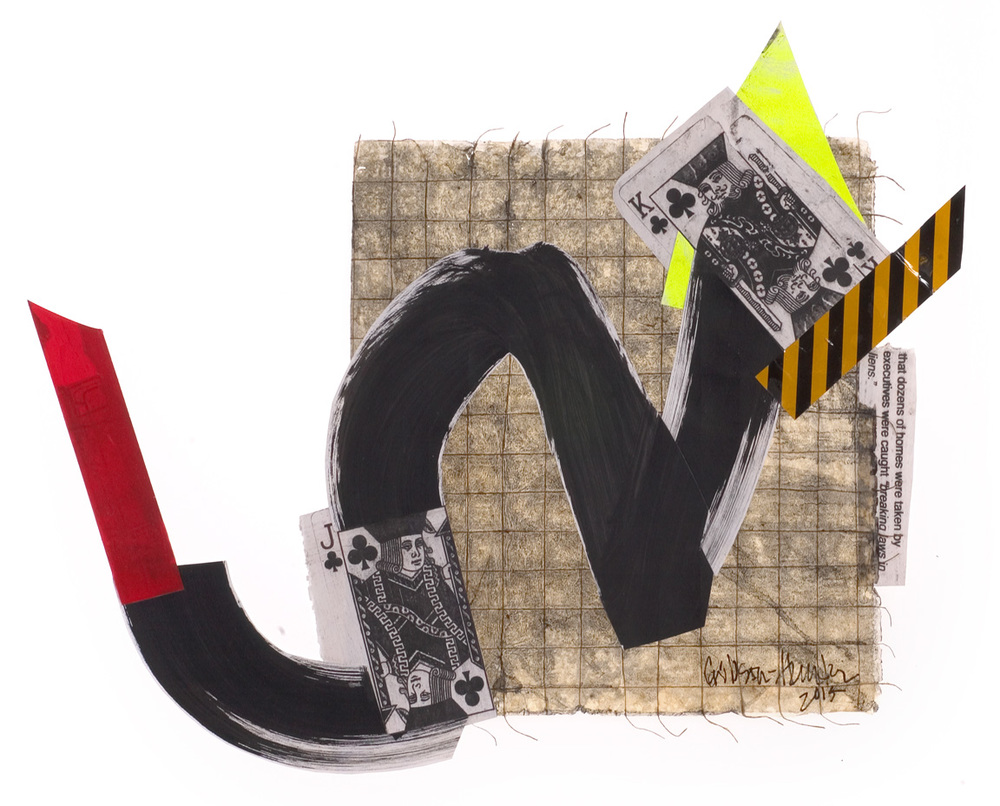 Leins by Aziza Claudia Gibson-Hunter
Leins by Aziza Claudia Gibson-Hunter
Can you speak about the legacy of art and community in Baltimore? Especially in Station North which has such a high concentration of galleries and is expanding into other neighborhoods in Baltimore.
My next show is a show called Occupational Hazards: Gentrification, a visual narrative, opening September 18th by Aziza Claudia Gibson-Hunter, a DC painter.
Do I think that the burgeoning gallery scene is good? I think it’s good. I think people should do and pursue what they think is going to engage their skills and their passion. You have to be sure its engaging your skill and not just your passion. I also think that a gallery is a business, like anything else it can be up or down. There was a period when the economy was such that disposable incomes for buying art were reassigned. I do not feel that I should talk to an artist about exhibiting solely based on whether
I will sell their work. There are artists who are marketable by virtue of some attributes I may not agree with. Marketable because people are talking about them, or because I see meaning in what they are working with, and in them translating who they are, and in translating a message to their viewers that has some substance.
I think the Baltimore art scene is diverse, or referred to as diverse, depending upon who you talk to. There is a lot of diversity in terms of what artists are experimenting with. There is a lot of activity with what artists are doing around the whole concept of community. I personally would like to experience a full-blown discussion about the impact that the community initiatives actually have. Is it really transforming communities? Truly transforming lives?
 Works by Morgan Monceaux at New Door Creative
Works by Morgan Monceaux at New Door Creative
I think the value of galleries is immeasurable for the opportunity of people going to spend time with works of art, particularly with certain bodies of work that are considered conceptual or abstract.
As far as Baltimore is concerned, Baltimore has always had a very progressive public arts scene lightyears ahead of DC which is dominated by the national arts scene. I think somewhat in competition with Philadelphia, but Baltimore is a city where you can actually drive around and see public art. There is lots of opportunity for more to be planted, but that’s something that
Baltimore has been able to continue, particularly around Station North. I think that helps with the understanding of what art is, and how it can make an impression.
Certain aspects of diversity are not universally applied in terms of resources. To have the question positioned as though this were the new discussion on the table is problematic. There is so much behind it that is not discussed. There is a generational gap. Does the person posing the question know of the work of the protests by artists of color like Faith Ringold in the sixties, or women artists? Its been documented that the exclusion of certain artists, both gender and color, are engineered. It’s about power.
Power decides what is included, power decides what is defined, although diverse, what is viable. So many aspects of that huge discussion are shuttered. There is a need for more realistic dialog. We are in a critical time.
Painful aspects of diversity, inclusion, so much of that history and what it has both announced and what it has also prevented and I think all of that has now emerged. It’s coming to the surface, not for the first time, Its coming to the surface again. So the question is how does art matter, does art make a difference? On a personal level it makes a difference. Everyone has a voice, a creative germ in them, so to speak.
Some are encouraged by virtue of their validity of being that voice is also valid and therefore that voice has value. Some are not encouraged in their very being that their point of view their thoughts, dreams wishes, inclinations are not of value and therefore the effort that is required to express sometimes gets channeled into a very narrow channel. And sometimes it can become other things.
It could become a notion that I have something to say. I can paint a picture. I can create something that is strictly informative, from another mythology. And we operate from different mythologies. Many of us if we don’t know our history don’t know our mythologies, or what triggers us. What is part of that is we don’t know the other mythologies as well. We think we know but we really don’t. The creative process allows you to explore yourself. In the discovery of self you have to become a bigger individual because you have more to work with. All of the conversations about diversity and inclusions need to be had, but in a full-blown manner.
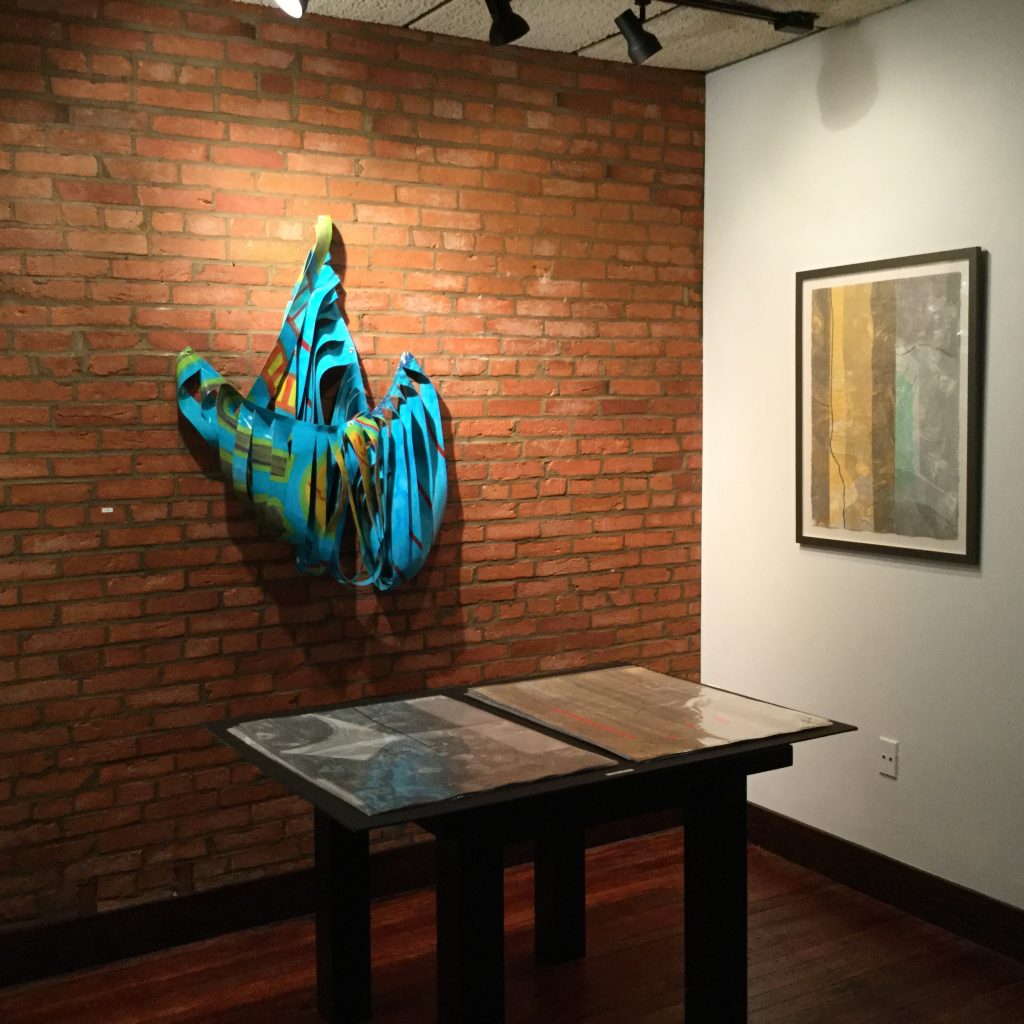 Sheila Crider
Sheila Crider
I agree. Art and art making/displaying spaces can be super transformative spaces. But only if the communities that those spaces occupy have access and a real stake in those spaces.
I think that a gallery that is interested in functioning as a laboratory for the dissemination of what art and vis art are, that would allow artists to be part of the presence of the gallery, not just having their working there, but gallery talks, is essential. Gallery talks are important because you understand the motivation of an artist what it is about their psyche, history culture mindset that compels them to do what they do. So the whole concept of a laboratory is what I aspire to become as New Door Creative.
I want to incorporate different media as well; more film, conversations with writers as well, and make it a creative laboratory, it’s a vis art gallery, but I would like to morph a bit. It’s been 12 years now since I’ve been in business here. There is no shortage of talent, no shortage of the need for information about creative process. So that would be my aspiration going forward.
*****
Author Angela N. Carroll is an artist-archivist; a purveyor and investigator of contemporary culture.
Check out Occupational Hazards: Gentrification, a visual narrative at the New Door Creative Gallery, September 18 – October 15, with an artist talk October 2.
For more information visit: Newdoorcreative.com, Follow NewDoorCreative on Facebook.
